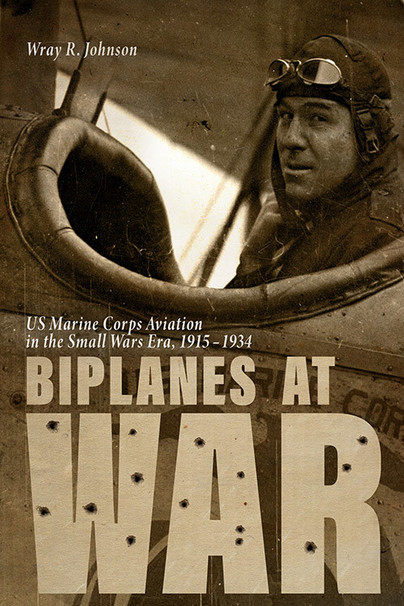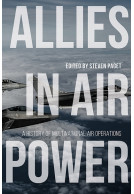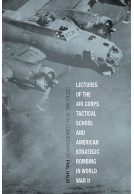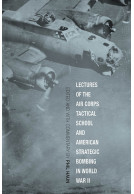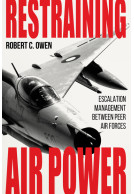Biplanes at War (Hardback)
US Marine Corps Aviation in the Small Wars Era, 1915-1934
Imprint: University Press of Kentucky
Series: Aviation & Air Power
Pages: 440
Illustrations: 61 b&w photos, 6 maps, 6 tables
ISBN: 9780813177045
Published: 16th April 2019
Script Academic & Professional
Series: Aviation & Air Power
Pages: 440
Illustrations: 61 b&w photos, 6 maps, 6 tables
ISBN: 9780813177045
Published: 16th April 2019
Script Academic & Professional
This book will be reprinted and your order will be released in due course.
You'll be £45.00 closer to your next £10.00 credit when you purchase Biplanes at War. What's this?
+£4.99 UK Delivery or free UK delivery if order is over £40
(click here for international delivery rates)
Order within the next 5 hours, 36 minutes to get your order processed the next working day!
Need a currency converter? Check XE.com for live rates
(click here for international delivery rates)
Order within the next 5 hours, 36 minutes to get your order processed the next working day!
Need a currency converter? Check XE.com for live rates
Unlike the relative uniformity of conventional warfare, the peculiarities of small wars prevent a clear definition of rules and roles for military forces to follow. During the small wars era, aviation was still in its infancy, and the US military had only recently begun battling in the skies. The US Marine Corps recognized that flexibility and ingenuity would be critical to the successful conduct of small wars and thus employed the new technology of aviation.
In Biplanes at War: US Marine Corps Aviation in the Small Wars Era, 1915--1934, author Wray R. Johnson provides a riveting history of the marines' use of aviation between the world wars, a time in which young soldiers were volunteering to fly in combat when flying itself was a dangerous feat. Starting with Haiti in 1915, Biplanes at War follows the marines' aviation experiences in Haiti, the Dominican Republic, China, and Nicaragua, chronicling how marines used aircraft to provide supporting fires (e.g., dive-bombing) to ground troops in close contact with irregular opponents, evacuate the sick and wounded, transport people and cargo (e.g., to assist humanitarian operations), and even support elections in furtherance of democracy.
After years of expanding the capabilities of airplanes far beyond what was deemed possible, the small wars era ended, and the US Marines Corps transitioned into an amphibious assault force. The legacy of the marines' ability to adapt and innovate during the small wars era endures and provides a useful case study. Biplanes at War sheds light on how the marines pioneered roles and missions that have become commonplace for air forces today, an accomplishment that has largely gone unrecognized in mainstream histories of aviation and air power.
Other titles in the series...
Other titles in University Press of Kentucky...







